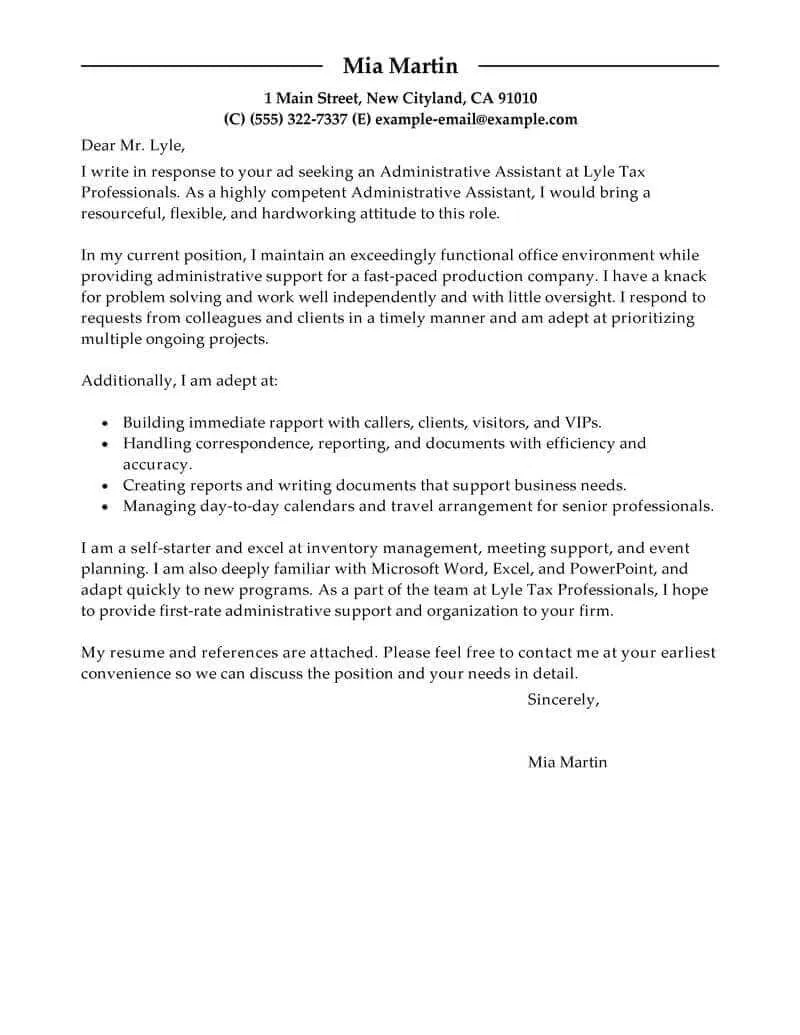Understanding the Power of a Cover Letter
In the competitive world of job applications, a well-crafted cover letter can be the key to unlocking your dream job. Many job seekers often underestimate the power of a cover letter, viewing it merely as a formality. However, a compelling cover letter serves as your first introduction to a potential employer, providing a unique opportunity to showcase your personality, skills, and enthusiasm beyond the confines of your resume. It’s your chance to make a lasting first impression and set yourself apart from the competition. Think of it as your personal sales pitch, highlighting why you are the ideal candidate for the specific role.
Why a Cover Letter Matters
A cover letter allows you to personalize your application and address the specific requirements of the job. While your resume provides a snapshot of your experience and qualifications, a cover letter enables you to tell a story about your career journey and explain why you are particularly interested in the role and the company. It’s an opportunity to demonstrate your understanding of the company’s mission and values, and how your skills align with their needs. Furthermore, a cover letter can address any gaps in your resume, such as career changes or employment breaks, and provide context for your experiences. In today’s job market, a well-written cover letter is not just an extra, it’s often a requirement.
What Makes a Cover Letter Effective
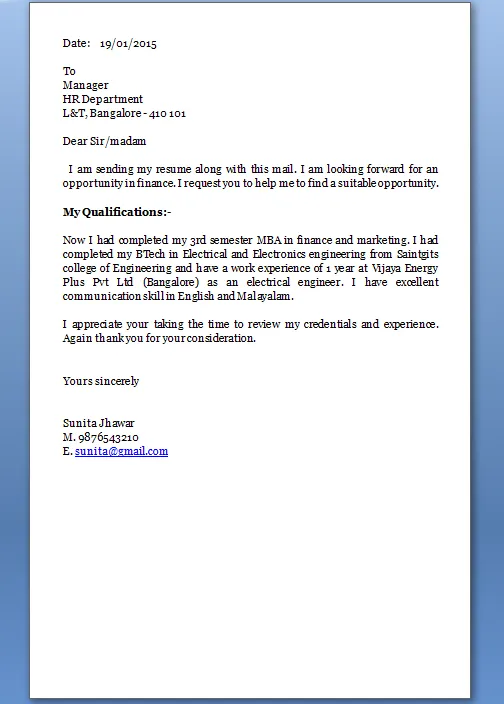
An effective cover letter is tailored to the specific job and company, demonstrating that you’ve done your research and understand their needs. It should be concise, yet compelling, capturing the reader’s attention from the first sentence. Highlight your relevant skills and accomplishments, providing specific examples to support your claims. The tone should be professional, enthusiastic, and reflect your personality. It’s also essential to proofread your cover letter meticulously, ensuring there are no grammatical errors or typos. Ultimately, a great cover letter convinces the hiring manager that you are not just qualified, but also a great fit for their company culture.
Key Components of a Winning Cover Letter
A successful cover letter comprises several key components, each playing a crucial role in its overall impact. These components work together to create a persuasive narrative that highlights your qualifications and enthusiasm. Structuring your cover letter correctly ensures that you convey the right message effectively. Here’s a breakdown of the essential sections, each contributing to the letter’s persuasive power. These sections are all crucial for a powerful first impression.
Your Contact Information and Date
Start your cover letter with your contact information, including your name, address, phone number, and email address. This ensures that the hiring manager can easily reach you. Include the date you are sending the letter as well. This section is straightforward but essential, making it easy for the recipient to know who the letter is from and how to contact you.
The Hiring Manager’s Name and Title
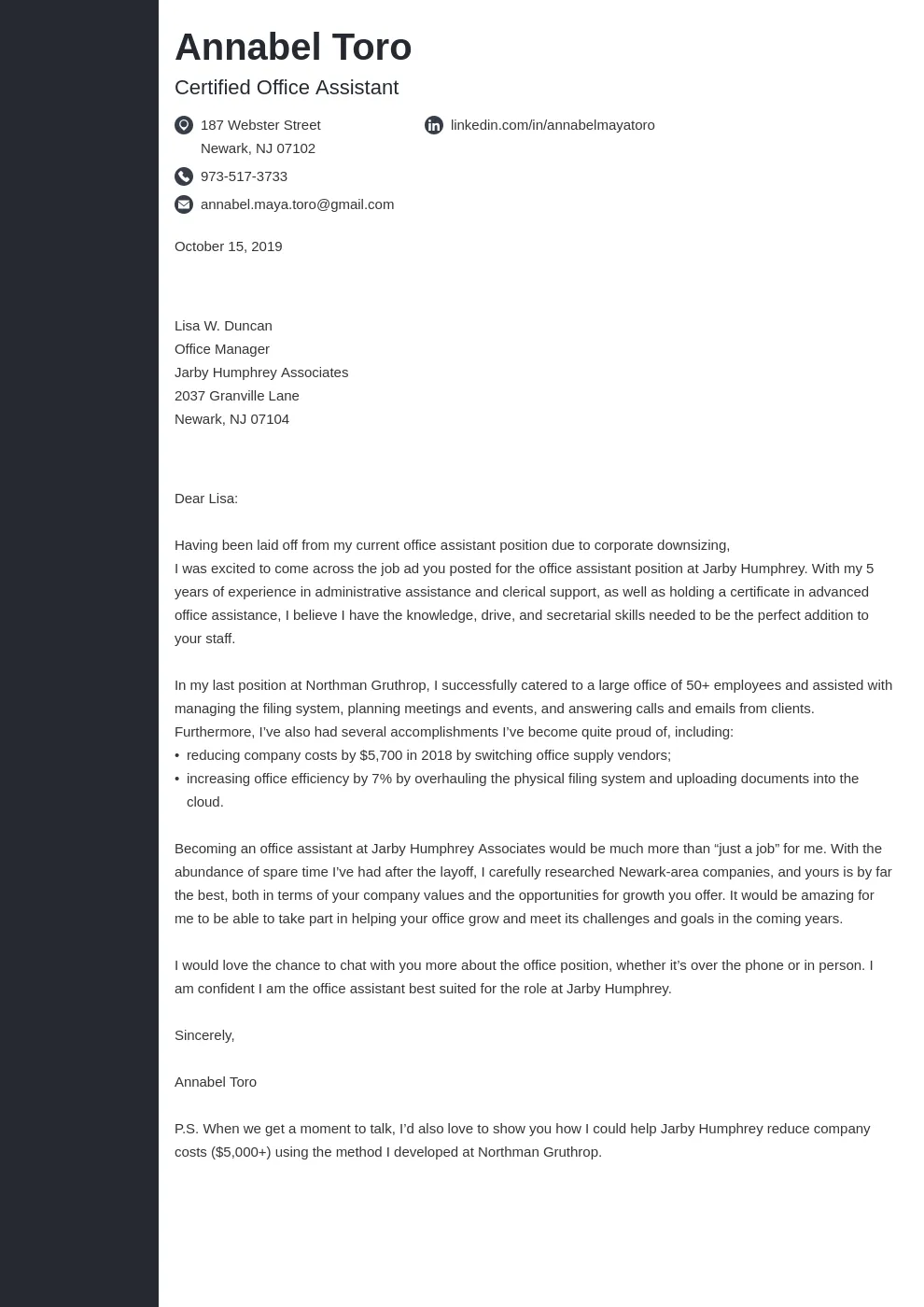
Always address your cover letter to a specific person. Research the hiring manager’s name and title, and use it in the salutation. Using the correct name personalizes your letter and shows that you have taken the time to learn about the company. If you are unable to find a specific name, use a professional greeting, such as ‘Dear Hiring Manager’.
Crafting a Compelling Opening
The opening paragraph is your first chance to grab the reader’s attention. State the position you are applying for and briefly mention where you saw the job posting. Then, immediately highlight your most relevant skills or experiences that align with the job requirements. Make it clear why you are interested in the specific role and the company. A strong opening sets the tone for the rest of the letter and encourages the reader to continue.
Showcase Your Achievements and Skills
The main body of your cover letter is where you elaborate on your qualifications and demonstrate how your skills and experiences match the job requirements. Use this section to provide specific examples of your accomplishments and the impact you’ve made in previous roles. Avoid simply restating your resume; instead, provide context and explain how your skills translate into value for the company. Each example should clearly show your capabilities and the benefits you can bring to the team.
Highlighting Relevant Experience
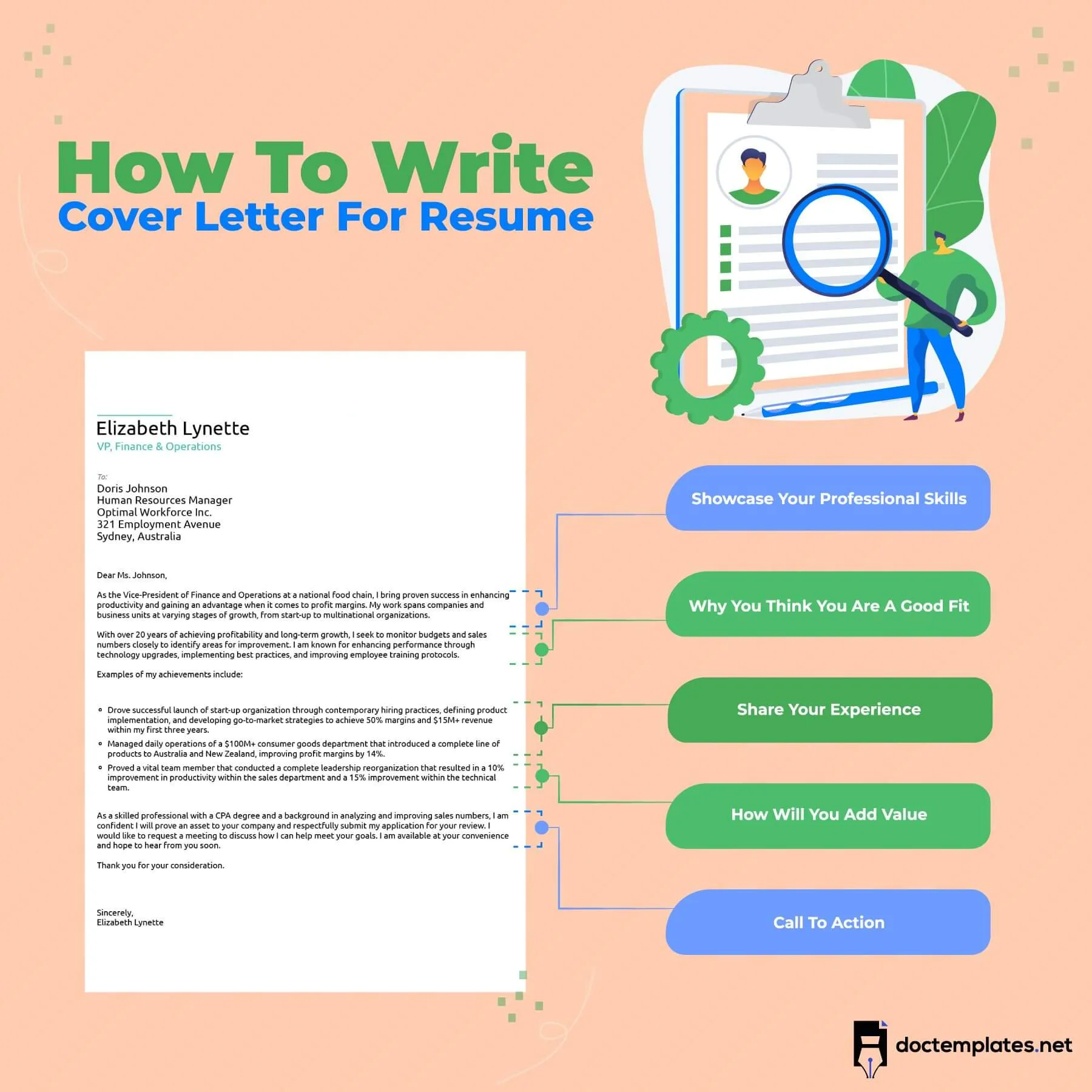
Focus on the experiences that are most relevant to the job. Select the experiences that align with the job description and highlight the skills and knowledge the employer is seeking. Use the job description as a guide to understand the key requirements and tailor your examples accordingly. This targeted approach shows the hiring manager that you understand the role and can contribute immediately.
Quantifying Your Accomplishments
Whenever possible, quantify your accomplishments to demonstrate the tangible impact you’ve made. Instead of saying “Managed projects,” say “Managed projects, resulting in a 15% increase in efficiency.” Use numbers and data to show the results of your efforts, such as the amount of revenue generated, costs saved, or projects completed. This provides concrete evidence of your abilities and makes your claims more persuasive.
Demonstrating Your Value
Clearly articulate the value you can bring to the company. Explain how your skills and experiences will help the company achieve its goals. Show the hiring manager what you can do for them and how you can contribute to their success. This helps the hiring manager see you as an asset, not just another applicant. Connect your skills to the specific needs of the role and explain how you will contribute to the team’s objectives.
Closing the Cover Letter Effectively
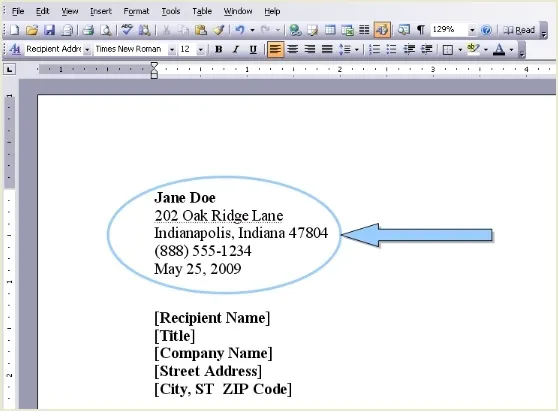
The closing paragraph is your final chance to leave a lasting impression. It should reiterate your interest in the position and the company. It’s essential to end with a strong call to action, encouraging the hiring manager to take the next step. This shows that you are proactive and eager to move forward in the hiring process. Make sure your closing paragraph reinforces your qualifications and enthusiasm.
Expressing Your Enthusiasm
Show your enthusiasm for the opportunity by expressing your excitement about the role and the company. Explain why you are drawn to this specific position and how your skills and interests align with the company’s mission. This enthusiasm can make you stand out from other candidates. A genuine interest can set you apart from the competition.
Call to Action Requesting an Interview
End your cover letter with a clear call to action. Request an interview to discuss your qualifications in more detail. Provide your contact information again, and thank the hiring manager for their time and consideration. A direct call to action demonstrates your confidence and eagerness to progress in the hiring process. This closing provides the reader with a clear next step.
Formatting and Design Tips
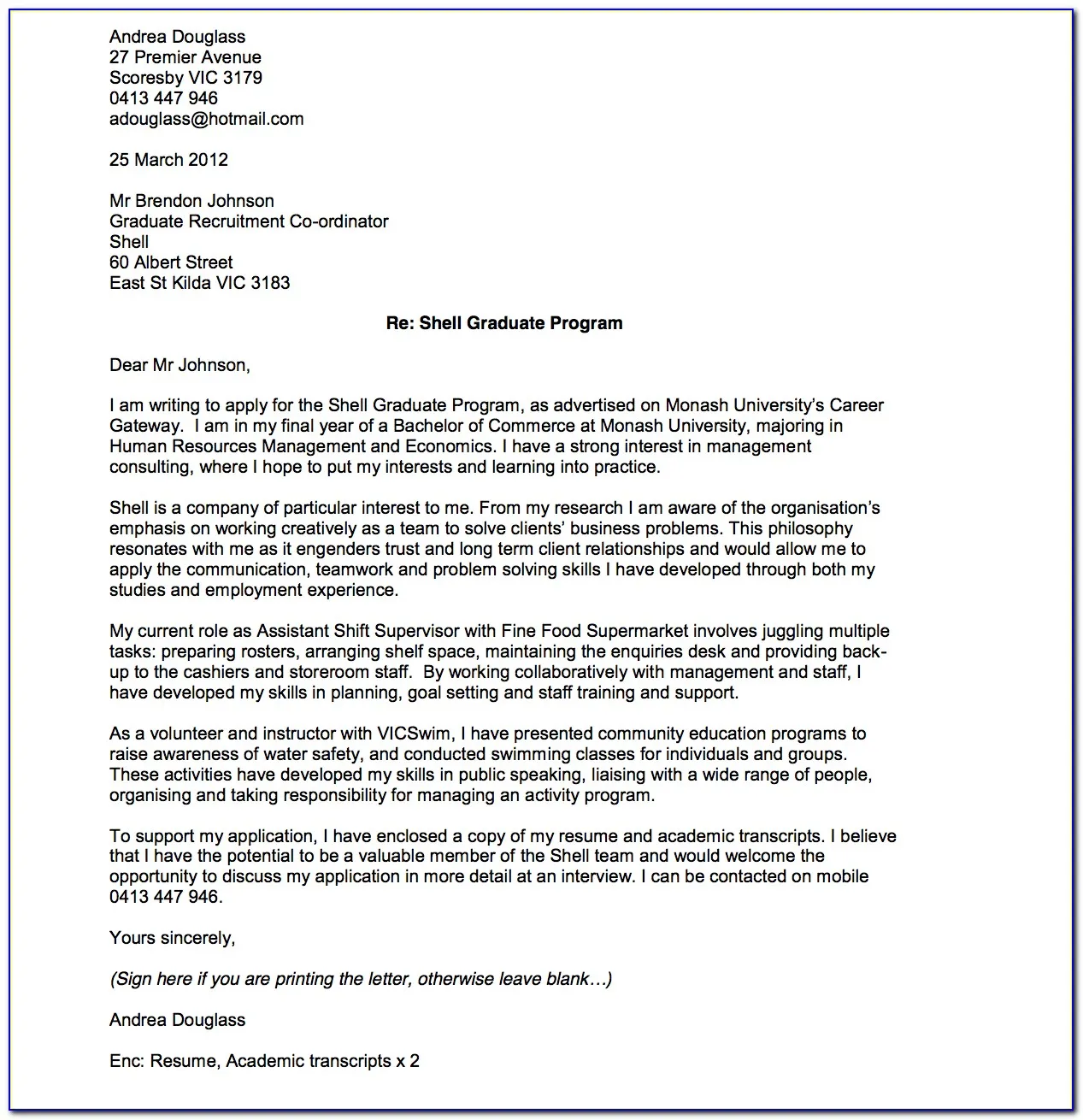
The appearance of your cover letter is just as important as its content. Proper formatting ensures that your letter is easy to read and reflects your professionalism. A well-formatted cover letter creates a positive impression, making it easier for the hiring manager to focus on your qualifications. Poor formatting can distract from your message. The following tips will help you format your cover letter effectively, ensuring it looks polished and professional.
Choosing the Right Font and Size
Choose a clear, professional font such as Times New Roman, Arial, or Calibri. Use a font size between 10 and 12 points for easy readability. Avoid using overly fancy or stylized fonts, as they can be difficult to read. Ensure consistency in font choice throughout your letter. A consistent and easy-to-read font enhances the overall presentation.
Keeping it Concise and Readable
Keep your cover letter concise, ideally no more than one page. Use clear and direct language, avoiding jargon or overly complex sentences. Use short paragraphs and bullet points to break up the text and improve readability. This makes it easier for the hiring manager to quickly grasp your key qualifications. Short, clear paragraphs make your letter more accessible.
Proofreading and Editing
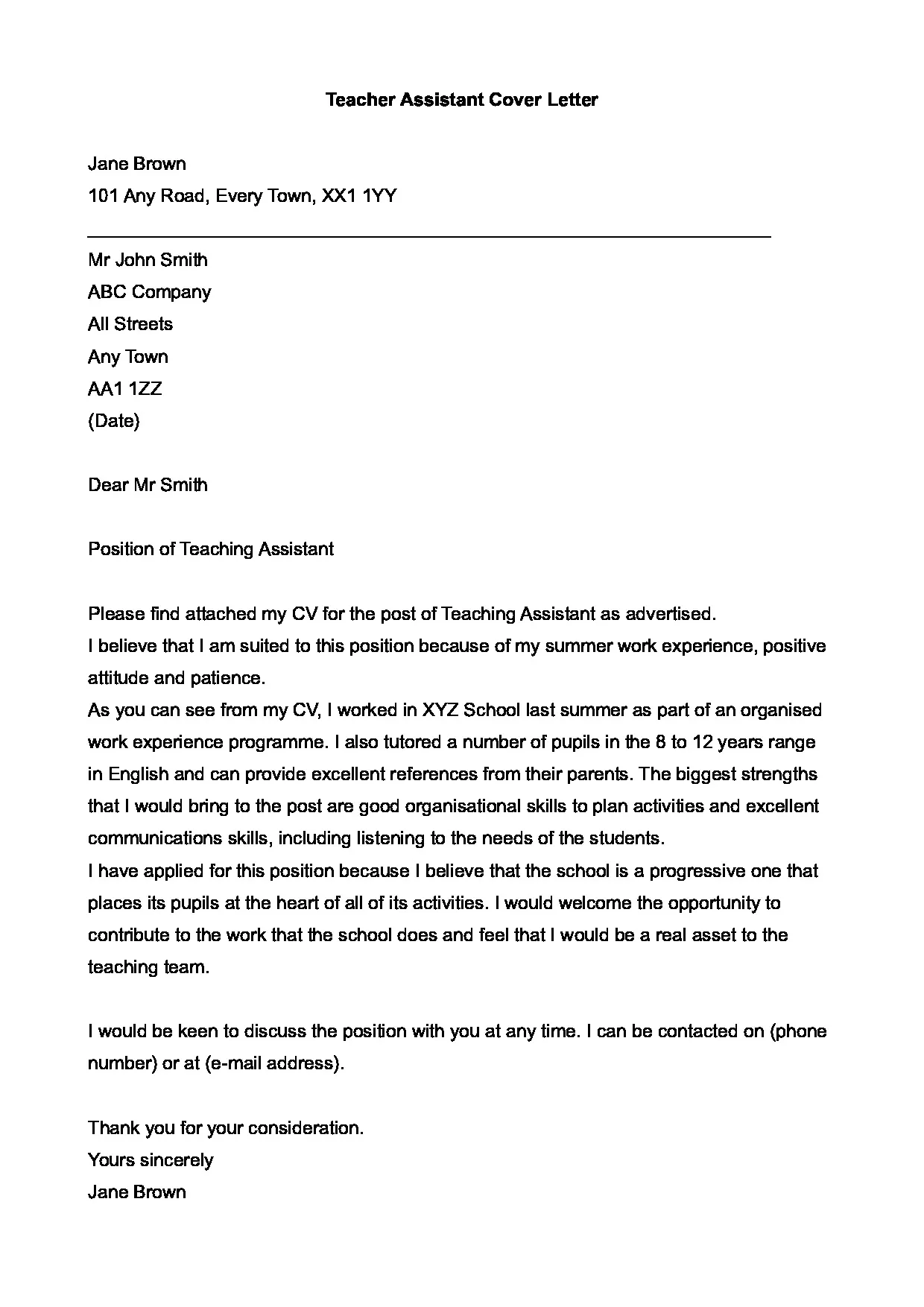
Proofread your cover letter carefully for any grammatical errors, typos, or formatting issues. Mistakes can undermine your credibility and make you appear unprofessional. Use a grammar checker, and consider having a friend or family member review your letter as well. Thorough proofreading is essential to present your best self. Ensure there are no errors before submitting your application.
Mistakes to Avoid in Your Cover Letter
Certain mistakes can significantly decrease your chances of getting a job. Avoiding these common pitfalls can improve your cover letter and increase your chances of getting an interview. These mistakes can be easily avoided by being careful and thorough. Being aware of these common pitfalls will greatly improve the quality of your application.
Generic Cover Letters
Avoid using generic cover letters that are not tailored to the specific job or company. A generic letter does not demonstrate your genuine interest in the role or your understanding of the company’s needs. Customize each cover letter to the specific job description. The hiring manager will see that you’ve taken the time to understand the role and the company.
Typos and Grammatical Errors
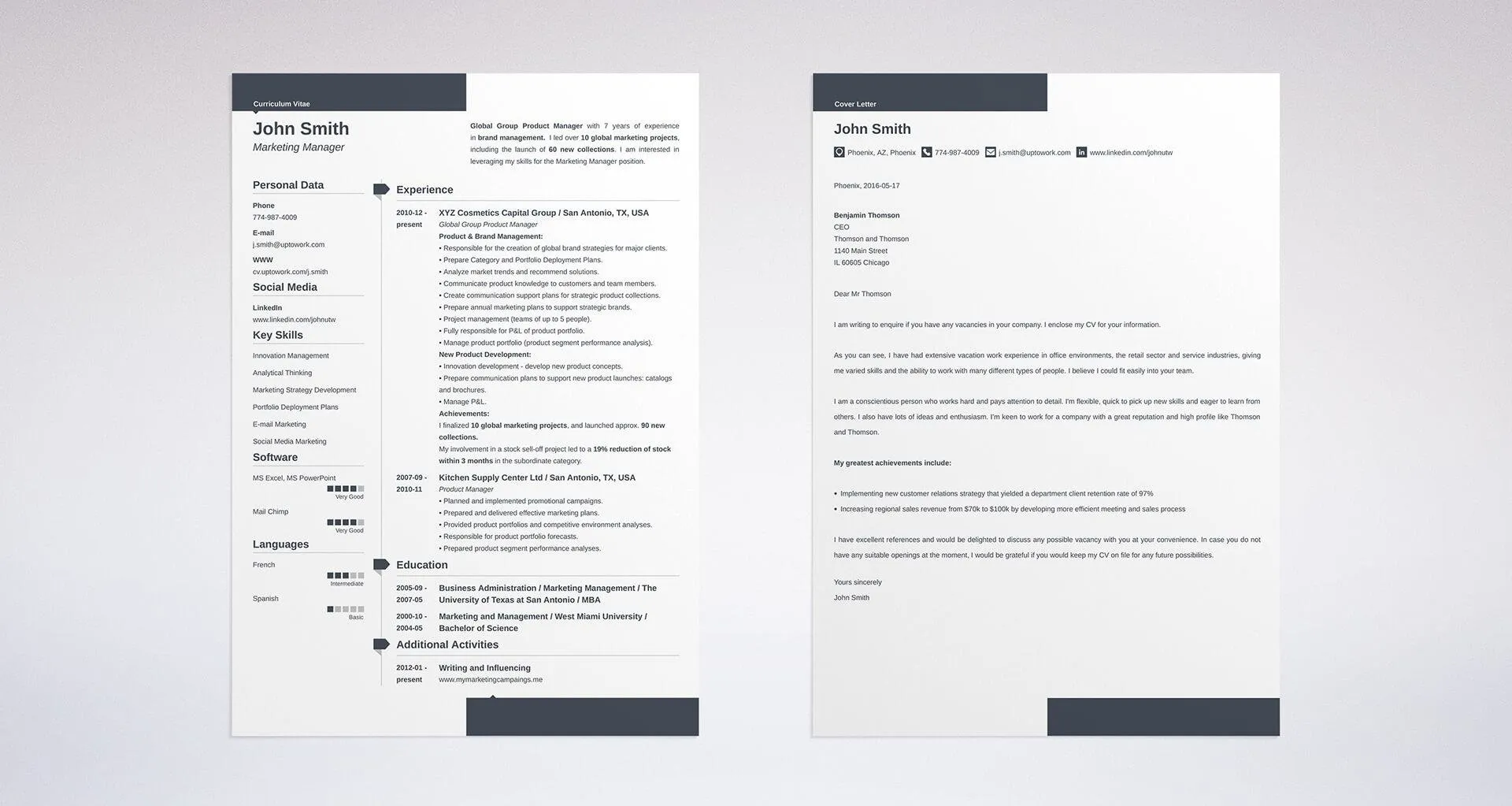
Typos and grammatical errors can make you appear careless and unprofessional. Always proofread your cover letter meticulously before submitting it. Use grammar and spell-check tools, and have someone else review your letter as well. This attention to detail shows your professionalism. Eliminate any errors before submitting your application.
Cover Letter Examples for Different Industries
Different industries require different approaches to cover letters. Understanding the nuances of each industry can significantly enhance your application. Tailoring your letter to the specific industry shows that you understand its requirements. Customize your approach for each industry to showcase your understanding of the specific requirements.
Cover Letter for Recent Graduates
For recent graduates, focus on highlighting internships, academic projects, and any relevant extracurricular activities. Emphasize your skills and potential rather than extensive work experience. Consider including a section on your career goals and aspirations. Showcase your enthusiasm and eagerness to learn and grow. This helps the hiring manager see your potential.
Cover Letter for Experienced Professionals
Experienced professionals should focus on showcasing their accomplishments and results. Quantify your achievements with specific data and examples. Highlight how your experience aligns with the job requirements and how you can solve problems for the company. Emphasize your leadership skills and any significant contributions to past organizations. Your cover letter should provide evidence of your ability to add immediate value.
Cover Letter for Career Changers
For career changers, focus on transferable skills and explain why you are making the career change. Connect your past experiences to the new role, demonstrating how your skills are relevant. Address any potential gaps in your experience and emphasize your enthusiasm for the new field. Be sure to express your passion for the new industry. This makes it clear why you are an excellent choice.
Conclusion
Writing a compelling cover letter is a critical step in any job application. By understanding its importance, following the key components, and avoiding common mistakes, you can create a cover letter that showcases your qualifications and increases your chances of landing an interview. Tailor each cover letter to the specific role and company, and always proofread it carefully before submitting. Remember, your cover letter is your chance to make a strong first impression and get noticed by potential employers. By following these guidelines, you’ll be well on your way to job success.
